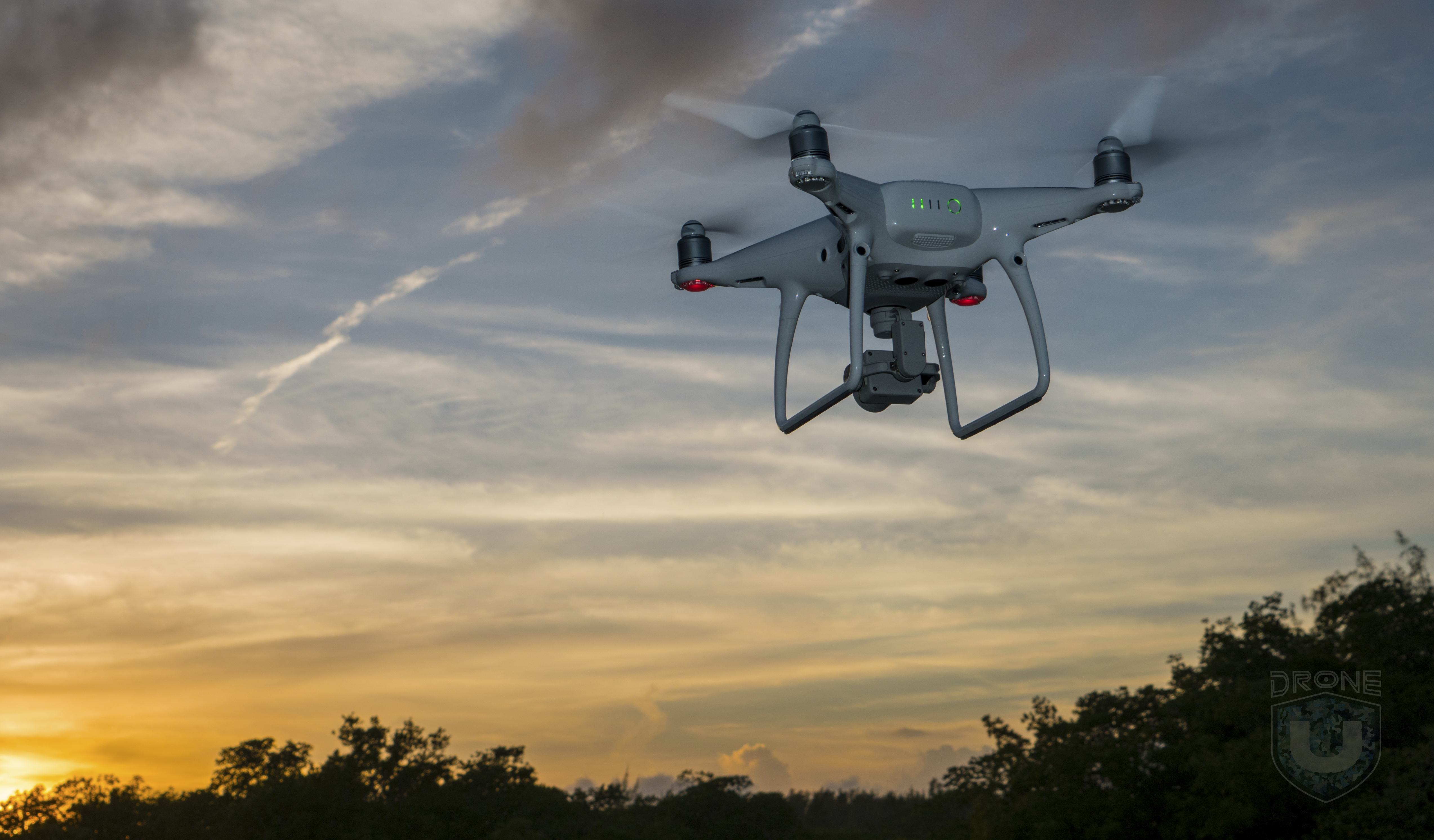
With the release of the Phantom 4 (P4), we have seen an onslaught of advertisements showcasing the Phantom 4’s obstacle avoidance features. The ads tout the ability for the Phantom 4 to fly and literally avoid obstacles. While using the new TapFly feature you’re able to literally frame up your subject with a tab of a button. You can seamlessly pan and tilt the camera with a click. But don’t worry avid drone pilots, these devices won’t be taking your jobs yet. The TapFly feature is a great tool for simple shots, but doesn’t provide seamless transitions between taps. So your cinematic car chases won’t be done autonomously, neither will any subject tracking shot for that matter.
Our Experience With the DJI P4:
While we haven’t had on hands on the P4 yet, we have been avidly studying the videos that have been coming out from dealers.
That being said, one particular video showed a pilot from Florida flying below an underpass. The video showed colored bars that represented what the obstacle avoidance was seeing. It looks a lot like the backup sensors in your car’s navigation screen. What was notable about the video was as the drone was seeing the walls, the drone failed to “see” the flag pole. Which raises a few eyebrows.
We plan to fully test the Phantom 4, but if the technology is anything like DJI’s VPS system, then the P4 will need a fair amount of contrast in the picture to “see and avoid” obstacles. Have you ever noticed how DJI dealers have some sort of shape outlined in tape, on the floor of their flying cages? This is so that VPS can be demonstrated properly. The white box over the black carpet gives the sensor something to detect. Your average conference center gray floor carpet won’t cut the mustard.
So what happens if the sensor doesn’t pick up a pole, a shiny object, or an object that matches colors with its environment? What then? Answer: You better know how to fly.
Testing the Limits of New Technology
With obstacle avoidance we are going to see new pilots testing the limits. But more importantly, new pilots will have a false assumption of confidence,that they can fly and avoid hitting things. Will they fly lower and in closer proximity to objects, below rooftops of surrounding buildings with the assumption they’ll be ‘ok’?
Then there are storage issues. What happens when people store their P4’s in dusty areas? Or, if over time, those obstacle avoiding cameras fill up with dust? Lens dirt is like kryptonite to drone pilots. We don’t yet know how the obstacle avoiding cameras work after prolonged use and increase amount of dirt on the cameras.
Legal Ramifications
We’ve all seen how the FAA’s ad hoc response to the rise of consumer drone technology doesn’t really address these issues. How will these “smart,” drones effect micro-drone legislation or legislation as a whole? Would any of us be surprised if we saw a task force assigned to address these new smart drones? But regardless, the legal and moral ramifications still exist. What if a new pilot hits a pole then a person? What sort of liability would the pilot face? And what about the promises from DJI on obstacle avoidance? Would they end up at the mercy of courts during a liability lawsuit? There are a million ‘what ifs’ but the fact still remains: you gotta know how to safely and smartly fly your drone.
Education is Your Best Friend
About a year ago at DroneU, we realized that we needed to make a short course to help new users get up to speed on the basics of flying. We saw (and continue to see) that nothing can replace the diligent efforts to educate drone users. Now, more than ever, we believe that for the good of public safety and for the longevity and advancement of the drone industry, education is not only necessary, but should be mandatory. It was out of this conviction and our love of flight that the ‘Don’t Crash Course’ was born. The Don’t Crash Course systematically takes a student through all the basic information a new user needs, everything from unpacking his brand new drone, to safely flying and landing it. It’s the 101 course that every new pilot should take!
Buyer’s Beware
While clearly the P4’s advertising focus is aimed to attract once-hesitant buyers and to instill more confidence that anyone can fly. However, you’ll want to know where you can fly and how to avoid emergencies or else you may wind up in serious trouble.
In summary, be wary of any promise from drone manufacturers that promise that some new technology can replace your eyes, ears and gut feelings. Nothing can replace the user’s preparation and knowledge to safely operate a drone, NOTHING. Don’t look back and wish you’d been more prepared when your trusted technology fails you.
Subscribe to AskDroneU, our regular podcast where we answer your questions about all things drone-related. Available on iTunes, YouTube and PodOmatic.







Add Your Comment